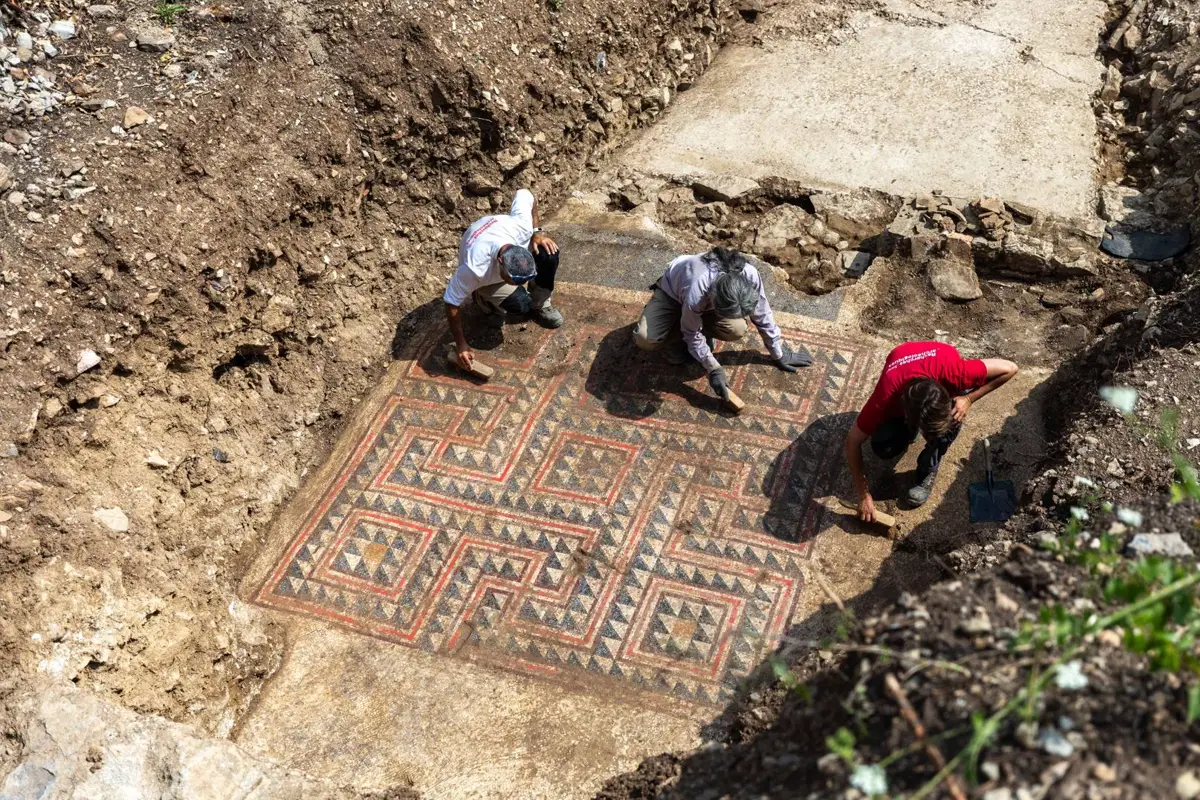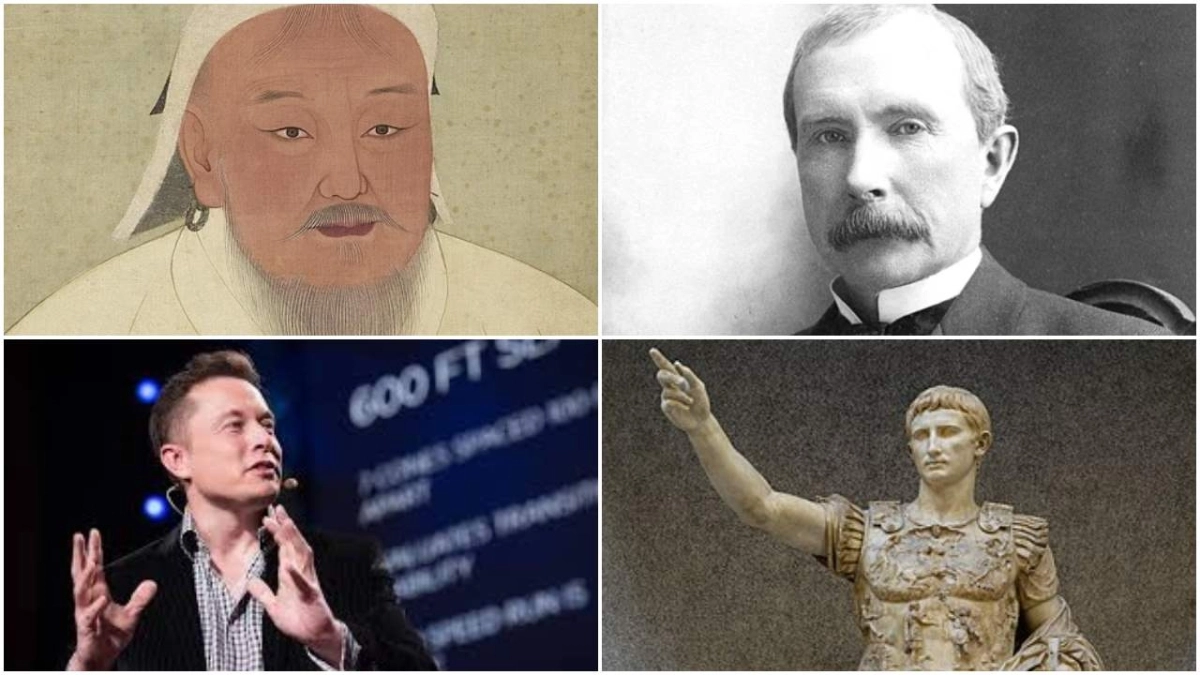The Polynesians embarked on some of the most extraordinary voyages in human history, navigating the vast Pacific Ocean with remarkable skill and precision. Using a deep understanding of the stars, winds, ocean currents, and wildlife, they successfully settled islands spread across thousands of miles. Archaeological evidence continues to uncover the extent of their migrations and the sophisticated techniques they used.
Navigating by Stars and Nature
Polynesian navigators, known as wayfinders, relied on celestial navigation to traverse the Pacific. They used the positions of stars, the movement of the sun, and the phase of the moon to determine their location and heading. Additionally, they observed ocean swells, cloud formations, and the flight patterns of seabirds, which indicated the presence of nearby land. Their ability to read these natural signs allowed them to sail vast distances without the need for compasses or maps.
Archaeological Evidence of Migration
Archaeological findings provide substantial evidence of Polynesian migration patterns. Lapita pottery, discovered in various island groups, traces the movements of early Polynesians from their origins in Southeast Asia. Carbon dating of settlements in Hawaii, Easter Island, and New Zealand suggests that Polynesians expanded across the Pacific between 1,000 and 1,200 CE. The presence of Polynesian crops, such as taro and breadfruit, and domesticated animals, like chickens and pigs, further supports their extensive voyaging and colonization efforts.
Significance of Polynesian Voyaging
The achievements of Polynesian navigators stand as a testament to human ingenuity and adaptability. Their advanced knowledge of oceanic navigation not only enabled the settlement of some of the most remote islands on Earth but also fostered a rich cultural exchange between different island groups. Modern efforts to revive traditional wayfinding, such as the voyages of the Hokule’a canoe, continue to celebrate and honor Polynesian maritime heritage.
Conclusion
The Polynesians’ ability to navigate the Pacific with extraordinary precision remains one of history’s greatest maritime accomplishments. By studying the stars, ocean patterns, and wildlife, they created an unparalleled network of migration that shaped the cultural and historical landscape of the Pacific. Ongoing archaeological research continues to shed light on their epic journeys, ensuring their legacy endures for future generations.







